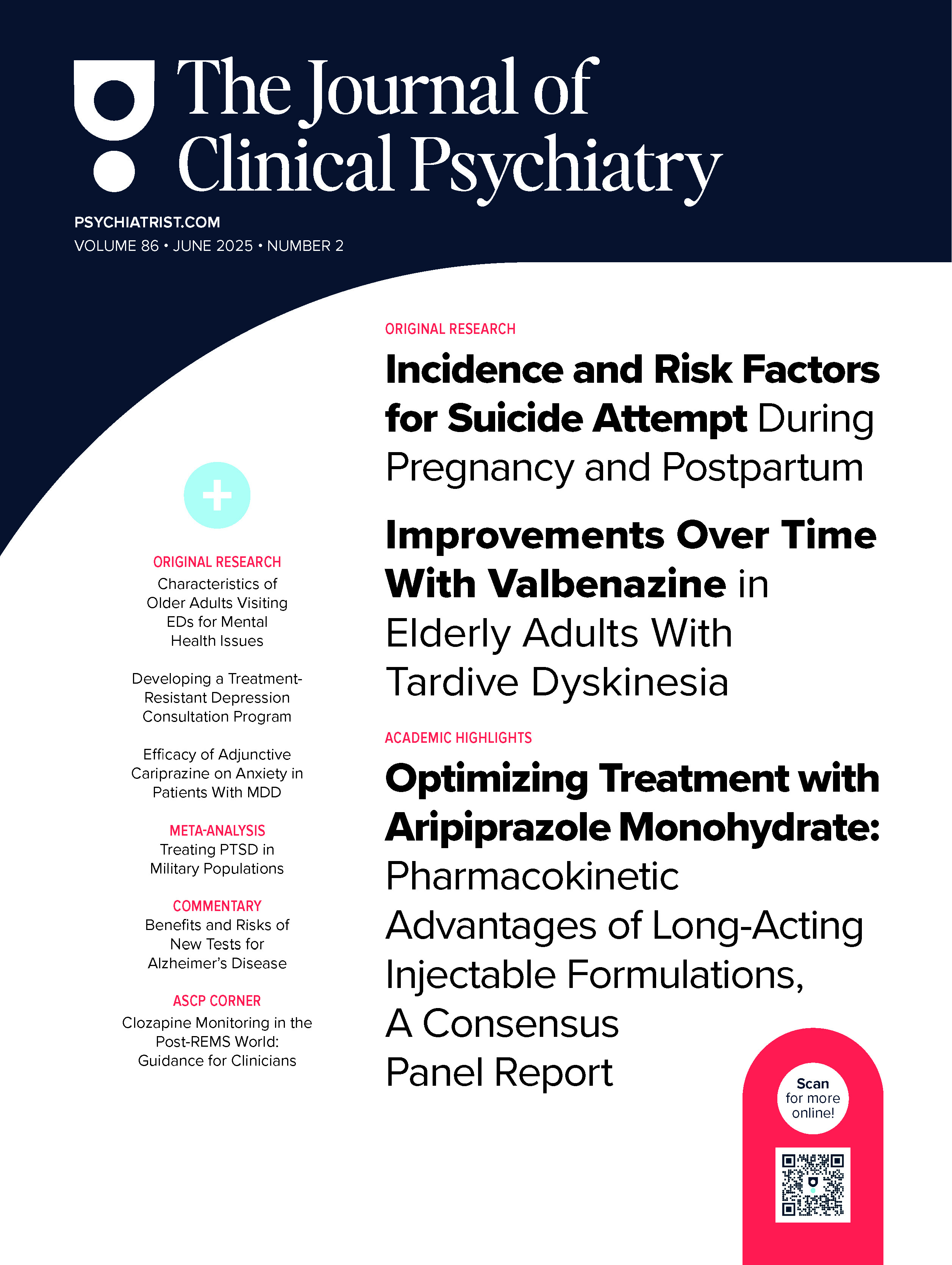Objective: The impact of mental health on disease burden associated with injury represents a major public health issue, yet almost no information is available on the associated long-term mental health outcomes. The primary aim of this study was to assess the psychiatric outcomes 6 years after a severe injury and their subsequent impact on long-term disability. The secondary aim was to investigate the relationship between a mild traumatic brain injury (mTBI) and long-term psychiatric disorder and its impact on disability.
Methods: From April 2004 to February 2006, randomly selected injury patients admitted to 4 hospitals across Australia were assessed during hospitalization and at 72 months after trauma (N = 592). Injury characteristics, the presence of an mTBI (ICD-9 criteria), and previous psychiatric history were assessed during hospitalization. Structured clinical interviews for psychiatric disorders (DSM-IV and DSM-5) and a self-report measure of disability (WHODAS II) were administered at 72 months.
Results: At 72 months after a severe injury, 28% of patients met criteria for at least 1 psychiatric disorder, with 45% of those presenting with comorbid diagnoses. The most prevalent psychiatric disorder was a major depressive episode (11%) followed by substance use disorder (9%), agoraphobia (9%), posttraumatic stress disorder (6%), and generalized anxiety disorder (6%). The presence of any psychiatric disorder was found to increase the risk for disability (P < .001, odds ratio = 6.04). An mTBI was found to increase the risk for having some anxiety disorders but not to increase disability by itself.
Conclusions: The long-term psychiatric consequences of severe injury are substantial and represent a significant contributor to long-term disability. This study points to an important intersection between injury and psychiatric disorder as a leading contributor to disease burden and suggests this growing burden will impose new challenges on health systems.
Members Only Content
This full article is available exclusively to Professional tier members. Subscribe now to unlock the HTML version and gain unlimited access to our entire library plus all PDFs. If you’re already a subscriber, please log in below to continue reading.
Please sign in or purchase this PDF for $40.00.
Already a member? Login




